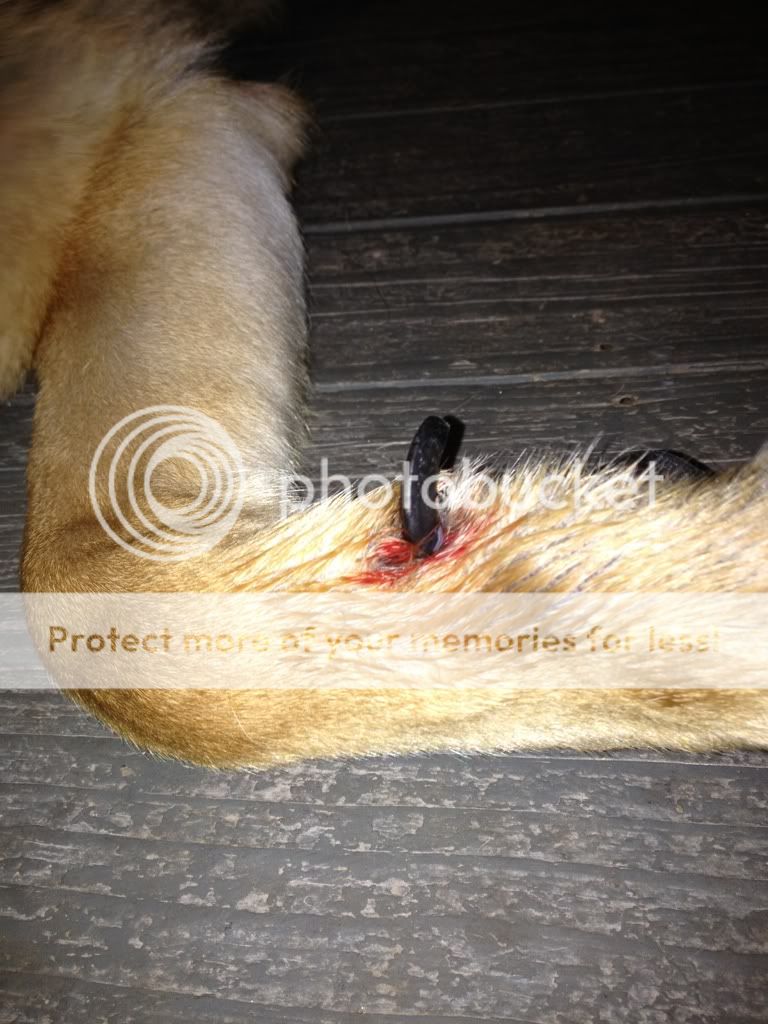

Signs of complications during recoveryĭuring the recovery period, it is essential to monitor the dog closely for any signs of complications. Dogs that have multiple dew claws removed may have a longer recovery period than those that have only one dew claw removed. The extent of the surgery also plays a role in the recovery time. Additionally, dogs that are in good overall health recover faster than those with underlying health conditions. Younger dogs tend to recover faster than older dogs. These include the dog’s age, overall health, and the extent of the surgery. Several factors can affect the recovery time for a dog after dew claw removal. The dog may experience some discomfort and pain during the recovery period, and it is essential to monitor it closely for any signs of complications. During this time, the dog should be kept calm and inactive to allow the wound to heal properly. On average, it takes about two to three weeks for a dog to recover fully. The recovery time for a dog after dew claw removal varies depending on several factors. The dog is then monitored closely to ensure that it recovers well and does not experience any complications. The wound is then closed with stitches, and a bandage is applied to protect the area.
#ED DEW CLAW DOG SKIN#
The veterinarian will make an incision in the dog’s skin and remove the dew claw. The procedure is done under general anesthesia to prevent the dog from experiencing any pain or discomfort. How is dew claw removal done?ĭew claw removal is a surgical procedure that is performed by a veterinarian. Removing the dew claw is a preventative measure that can save a dog from future complications and ensure its good health and well-being. Additionally, dew claws can be a source of infection and inflammation. They can also become overgrown, making it difficult for dogs to walk or run. Dew claws that are not removed can get caught on objects, leading to painful injuries. Why is dew claw removal necessary?ĭew claw removal is necessary because dew claws can cause problems for dogs. Removing the dew claw is a preventative measure that can save a dog from future complications. Dew claws can cause problems if they get caught on objects or when they are overgrown.

Some dogs have dew claws on their hind legs, while others have them on their front legs. A dew claw is a small, non-functional digit located on the inner side of a dog’s paw. What is dew claw removal?ĭew claw removal is a surgical procedure that involves the removal of a dog’s dew claw. This article outlines what dew claw removal is, why it is necessary, how it is done, and the recovery time for a dog after the procedure.

It is often removed by veterinarians to prevent future complications. A dew claw is a vestigial digit located on the inner side of a dog’s paw. One of the common problems that may arise in a dog’s paw is the dew claw. Maintain your pet’s feet by trimming their nails every 3–4 weeks with a pair of dog nail clippers to reduce noise as they walk and help keep them comfortable.Dogs use their paws for various activities, including running, jumping, and scratching. A vet or breeder may remove a dog’s dewclaws shortly after birth if they aren’t part of the breed standard or to help prevent injury if they stick out too far. The Norwegian Lundehund has 24 toes in total due to having two dewclaws on each leg. However, some dogs won’t have any dewclaws, and some may have one or more on their rear legs. Most dogs have 18 toes, with four on each foot and one extra dewclaw on each front leg. Choose a pair of dog nail clippers with a guard that prevents you from cutting the nail too short. However, if the dog is active and spends a great deal of time running outdoors, you won’t need to trim them as frequently. Most experts recommend trimming your dog’s nails every 3–4 weeks or when you hear their nails start clicking on the floor as the dog walks. The dewclaw nails will need more frequent trimming because they don’t touch the ground and won’t wear down naturally. Yes, all of your dog’s nails will need trimming.


 0 kommentar(er)
0 kommentar(er)
